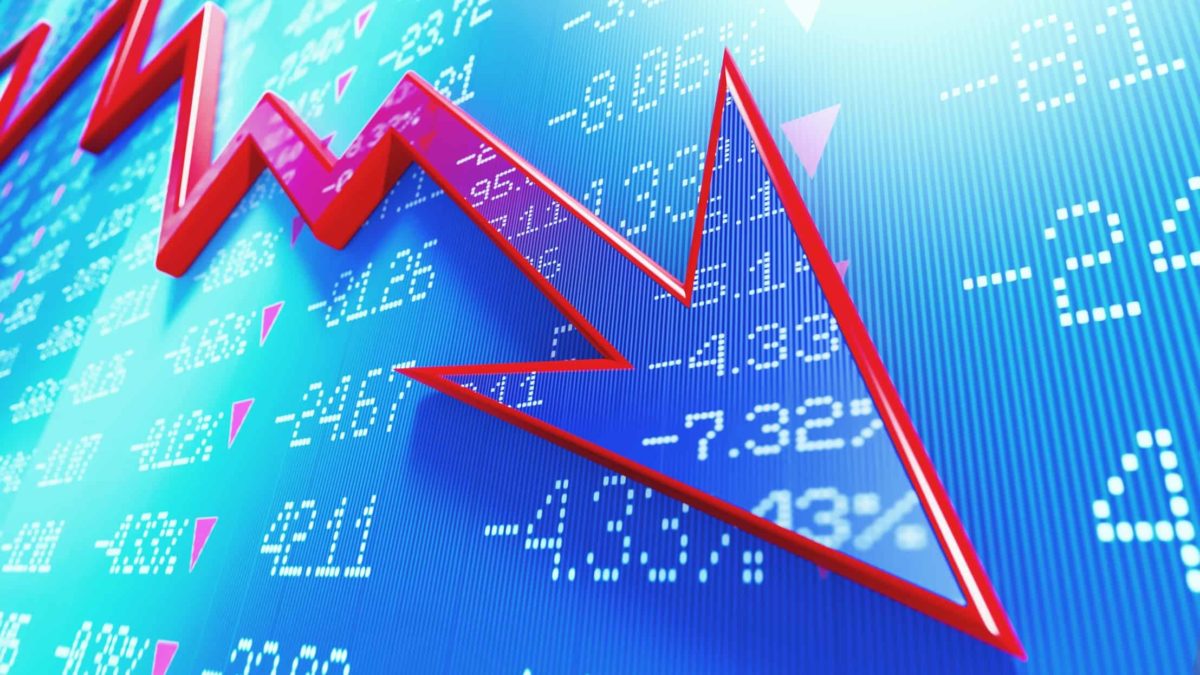The Lake Resources N.L. (ASX: LKE) share price is continuing to slide on Thursday, dumping another 3.11%.
It follows yesterday's dire session for the S&P/ASX 200 Index (ASX: XJO) lithium stock, in which it tumbled 16.5%.
The Lake Resources share price is trading at $1.03 at the time of writing. That's 23.73% lower than it was this time last week.
For context, the ASX 200 has lifted 0.38% over the last seven days despite yesterday's 2.58% tumble – its worst single-session fall since June.
So, what's been going wrong for the lithium favourite? Let's take a look.
What's going wrong for Lake Resources this week?
The Lake Resources share price is in the red once more today despite the company's silence.
It follows the stock's disastrous Wednesday tumble, seemingly spurred by news of conflict between the company and its Kachi Project partner Lilac Solutions amid the market's sell-off.
The pair have an agreement that could see Lilac earning a 25% stake in the project. However, they have reached a disagreement over the exact terms of the deal.
To receive its share, Lilac must complete at least 1,000 hours of operations of the project's Lilac Pilot Unit and produce a minimum of 2,500 kilograms of lithium carbonate equivalent from onsite operations.
But the pair are at odds over when such milestones must be reached for Lilac to receive its promised stake.
Lake Resources believes the boxes must be ticked by the end of this month, while Lilac is under the impression it has until the end of November.
If the achievements are not completed by the required date, Lake Resources could choose to exercise certain buy back rights.
The company also announced the appointment of its next CEO and managing director slightly over a week ago.
David Dickson's employment contract states he will take on the top job at the company today.
Lake Resources share price snapshot
Its recent tumble sees the Lake Resources share price in the longer-term red.
Right now, the stock is trading for 5% less than it was at the start of 2022. Though, it has gained 103% since this time last year.
For comparison, the ASX 200 has slumped 10% year to date and 7% over the last 12 months.







